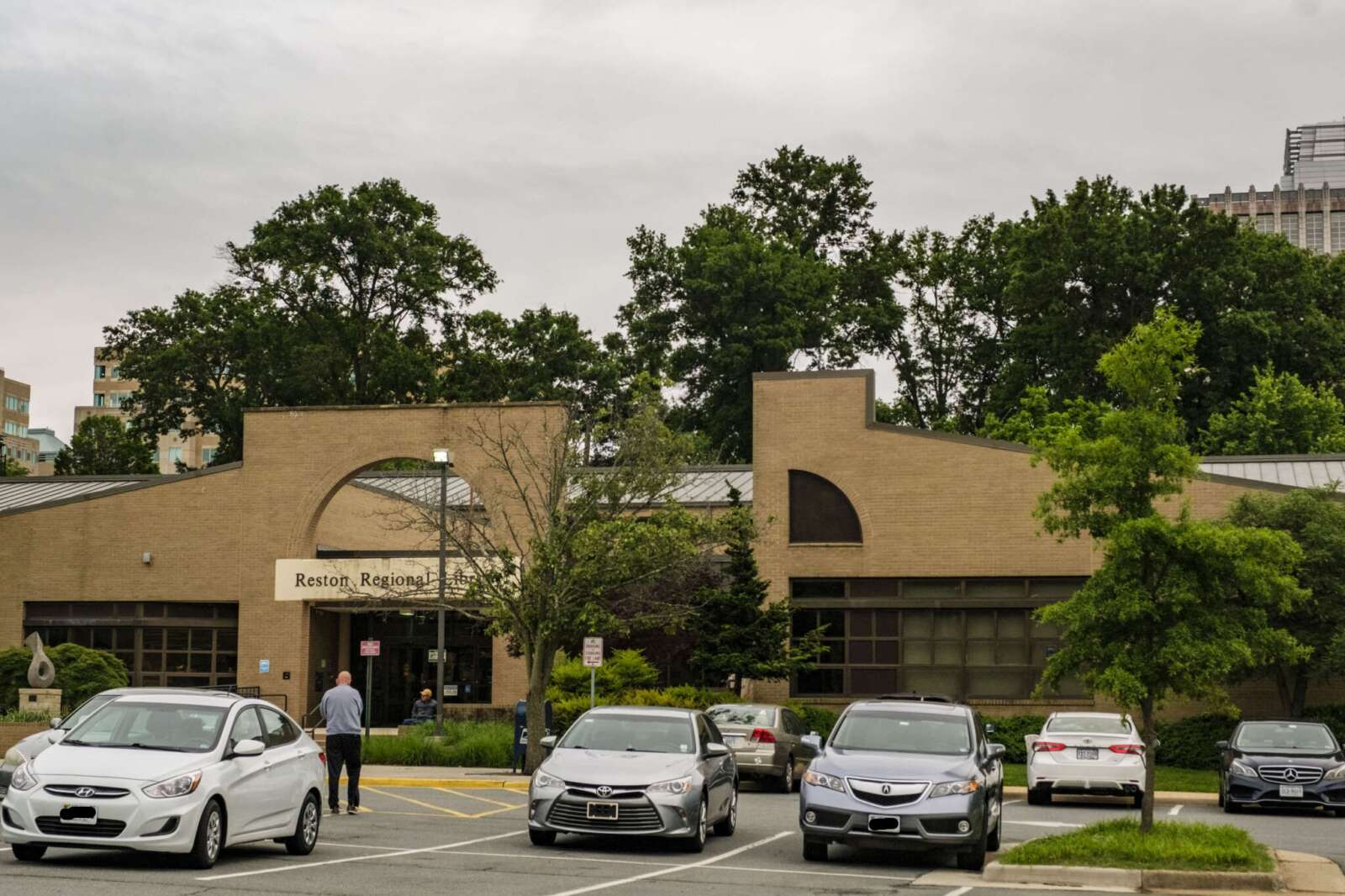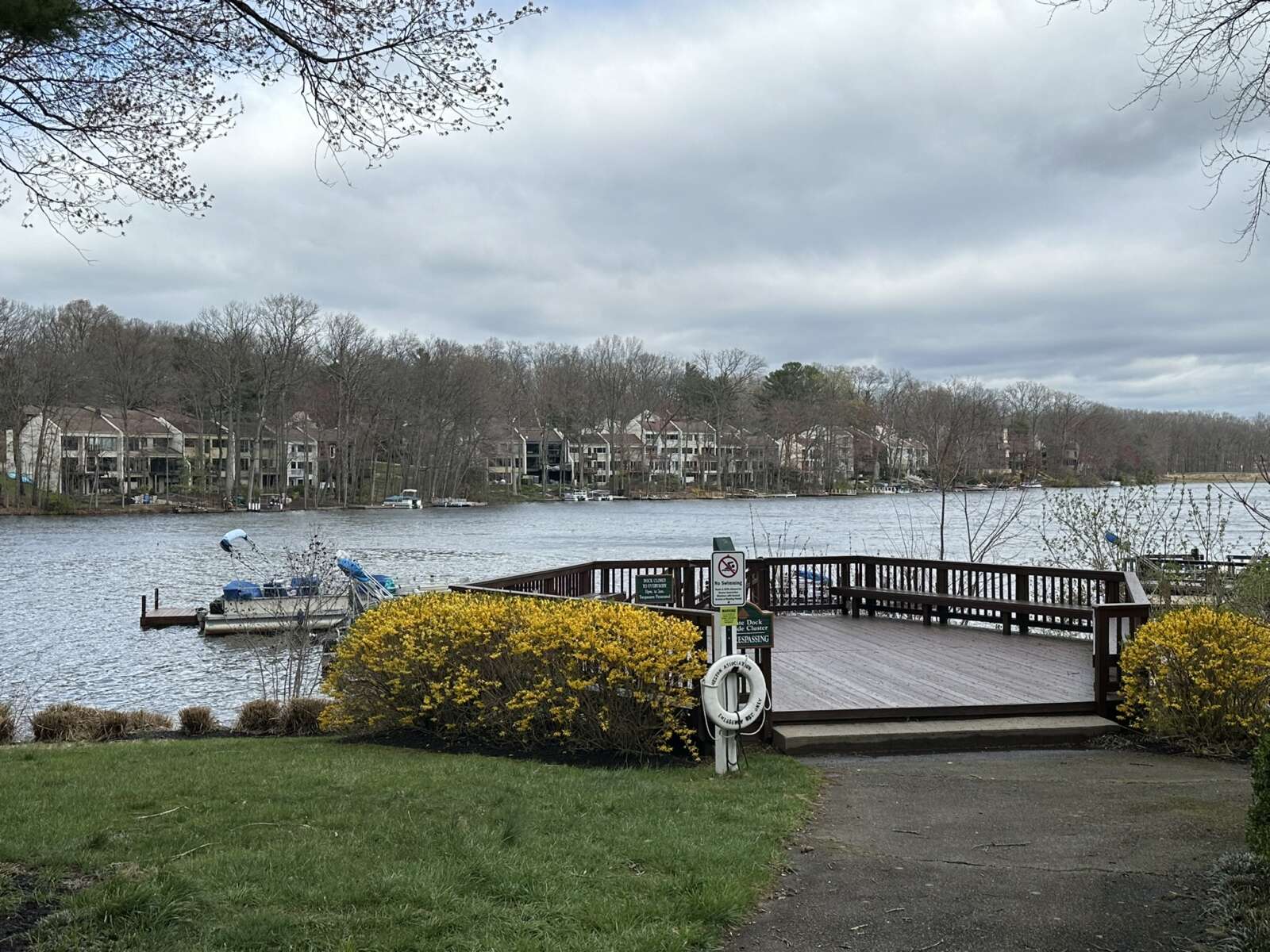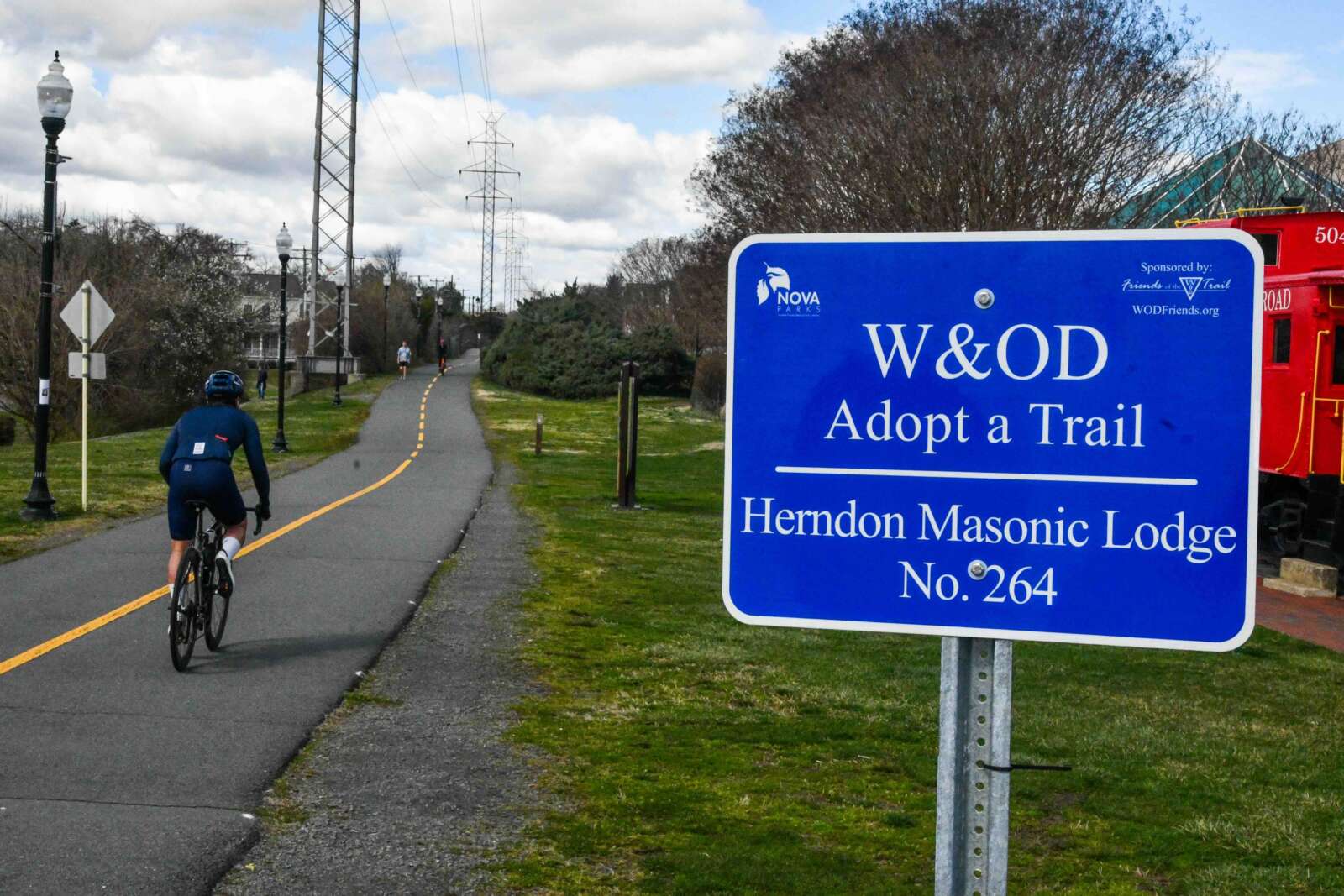 This is a commentary from Del. Ken Plum (D-Fairfax), who represents Reston in Virginia’s House of Delegates. It does not reflect the opinion of Reston Now.
This is a commentary from Del. Ken Plum (D-Fairfax), who represents Reston in Virginia’s House of Delegates. It does not reflect the opinion of Reston Now.
Virginia has more Confederate monuments than any other state in the country, according to the Southern Poverty Law Center (SPLC). With 223 by SPLC count, Virginia tops other states like Texas with 178, Georgia with 174 and South Carolina with 112.
Drive through most any small town in the Commonwealth and the statue of an unnamed Confederate soldier can be found on a pedestal near the center of town, near the courthouse, or sometimes by the cemetery. Messages of valor and honor are often chiseled into the pedestal.
A notable exception is Richmond, once capital of the Confederacy. It has a whole street, Monument Avenue, with five different Confederate leaders — Robert E. Lee, J.E.B. Stuart, Jefferson Davis, Stonewall Jackson and Matthew Fontaine Maury — sculpted at a super-human scale on an extra-high pedestal to ensure that everyone must look up at them.
More and more individuals and communities are raising questions about the appropriateness of the statues. After all, they attempt to put in a place of honor individuals who led armies against the United States of America. They were in armies that fought for the right of Southerners to own slaves. Contrary to the argument that the Civil War was about states’ rights, the right that was being claimed by the Southern states including Virginia was a right to own another human being to be used as slave labor. Why should anyone leading such an effort be glorified?
The role the men depicted in the statues played in defending slavery is repulsive enough, but the events leading up to erecting the statues make them even more problematic. The statues were not erected near the end of the Civil War, but were put in place between 1896 and 1915 during the “Lost Cause” effort to rewrite history and portray the Confederacy’s cause as noble.
In 1896, the Supreme Court upheld that “separate but equal” was constitutional. Following that ruling, Virginia and the other southern states started passing Jim Crow laws that almost eliminated African Americans from voting and separated the races in schools, buses, social events and most of life. Southerners started spinning their tales of how wonderful the South had been before “the War of Northern Aggression” and how honorable were the men who served in the Confederacy, leading to the monuments.
That history is important for all to learn. It should be taught and explored in our schools. Likewise, the artifacts of the period should be preserved in our museums along with the statues of individuals who played a role in the history. Public spaces should be reserved for the comfort and enjoyment of all our citizens. They need not be part of sending an underlying message that it was acceptable to take part in an insurrection for the purpose of being able to enslave others.
The monuments need to be shipped off to museums where they can be viewed in their historic context. Otherwise, we face a monumental problem of demonstrations like the one that took place in Charlottesville happening again.





